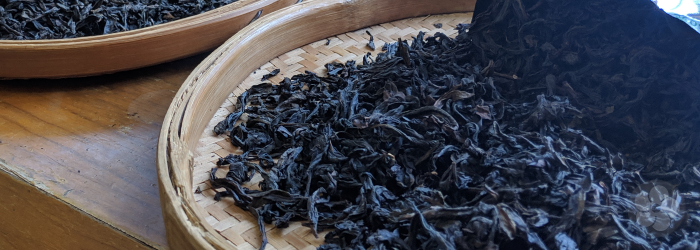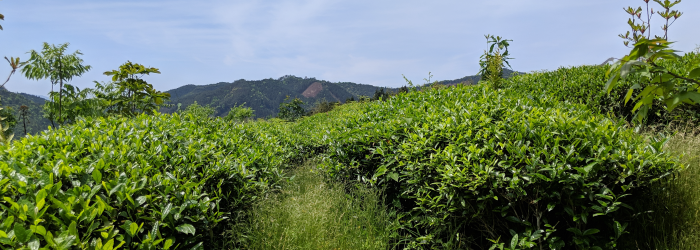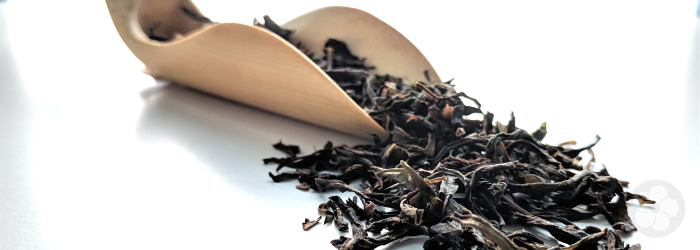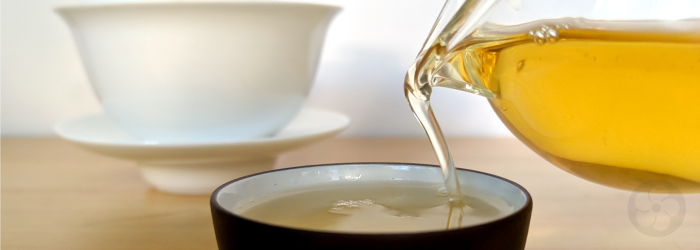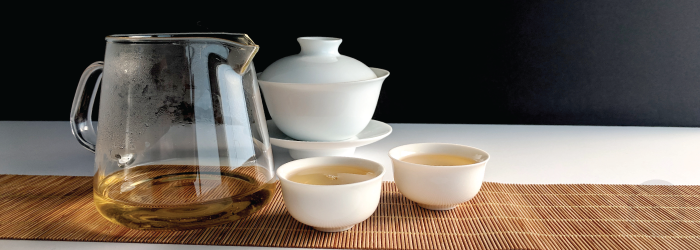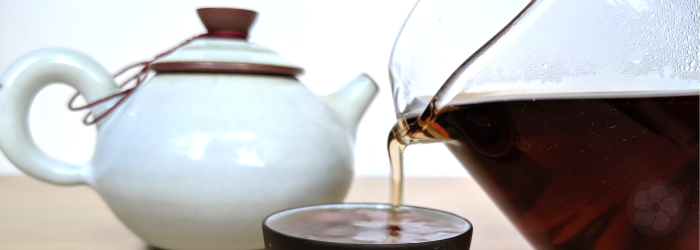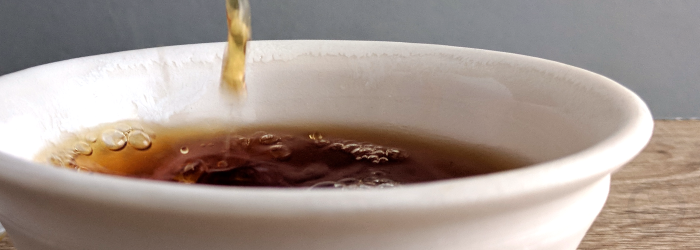What is Da Hong Pao Tea?
As one of the most famously celebrated teas in China, Da Hong Pao (translated as either ‘Big Red Robe’, or more poetically, ‘Grand Scarlet Robe’) is surrounded by myth and legend. While fantastic stories have helped to build this tea’s reputation as a rare and valuable commodity, they say little about the quality of flavor found in any particular leaf. So what makes Da Hong Pao so special, and what does it mean when a product is labeled “Big Red Robe”?
Continue reading

